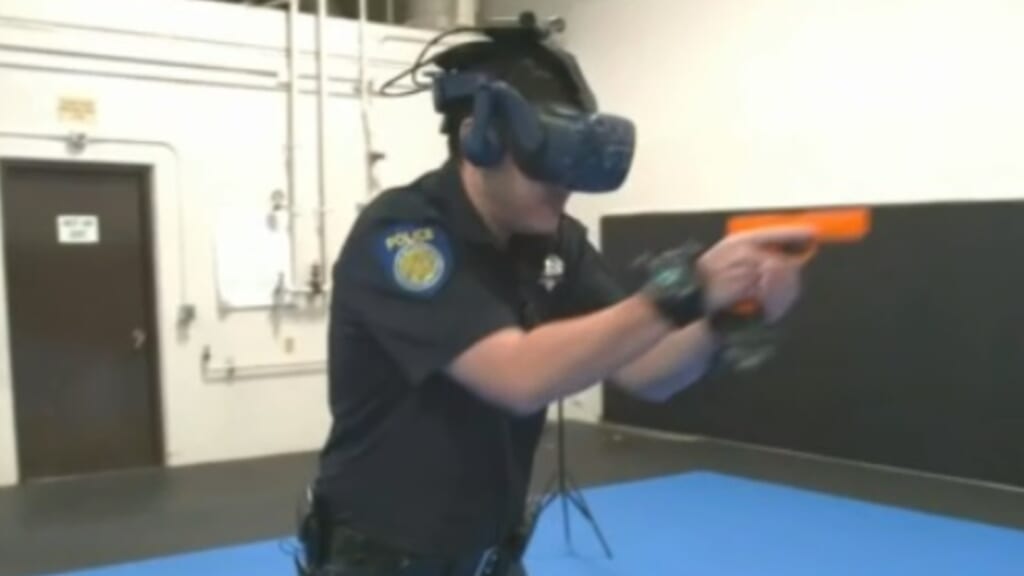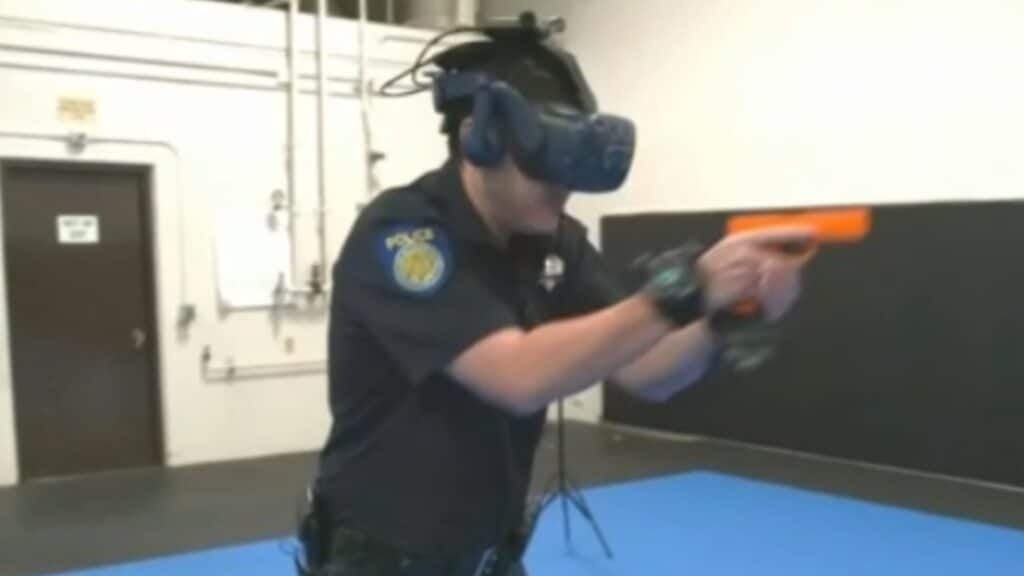Sacramento using virtual reality training to improve policing, confront bias
The technology will focus on de-escalation techniques, critical decision-making and peer intervention training.
The police department of Sacramento, California is adding virtual reality to its training to enhance cultural competency and implicit bias training. The technology will focus on de-escalation techniques, critical decision-making and peer intervention training.
“When people say ‘defund the police’ because we have racism in our past, first of all, we have to acknowledge that’s absolutely true,” Sacramento Police Chief Daniel Hahn told CNN. “But the way to get beyond it is to talk about it and do something about it… With equipment and training and to deal with what historically has been in our country, in terms of things that lead to biases and racism, I think we can get to a much better place.”

Just over two years ago, Stephon Clark was shot seven times in his grandmother’s backyard by two Sacramento officers who alleged they thought he was pointing a gun at them. However, Clark was only holding a cellphone.
No charges were ever filed in the case — on either a state or local level — and the officers were put back on active duty.
Read More: Idaho legislature passes bill banning critical race theory in classrooms
“It’s critical that we have healthy relationships with law enforcement and our community,” said Marvin Perkins, a liaison for Brother to Brother, a nonprofit organization in the city that mentors Black male youth.
“Protesting has its place, but after the protests, then what?” he wondered. ”We gotta talk solutions and being able to sit down and converse with people who you may not agree with… If you don’t have that, we’ll never get to a place to where we can actually resolve the situations that we’re facing as a community.”
Read More: LeVar Burton pushes back against Meghan McCain on cancel culture on ‘The View’
According to Sacramento Police Lt. Zach Bates, simulations can be written and programmed within a day and will focus on real-world scenarios.
In the simulator, officers wear a headset and sensors that track the movements of their arms, as well as how they use their force weapons like pistols and tasers. The equipment is designed to immerse officers in high-stress situations.
According to Lt. Bates, officers are “able to see all of the options available to them instead of being narrowly focused on an individual threat or an individual problem.”
Have you subscribed to theGrio’s “Dear Culture” podcast? Download our newest episodes now!
TheGrio is now on Apple TV, Amazon Fire and Roku. Download theGrio.com today!
The post Sacramento using virtual reality training to improve policing, confront bias appeared first on TheGrio.

